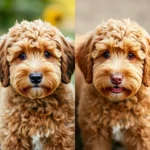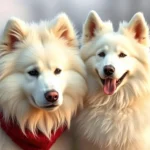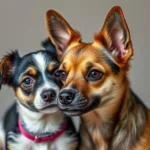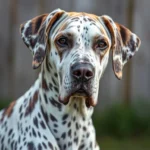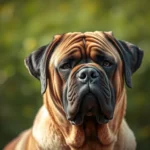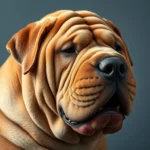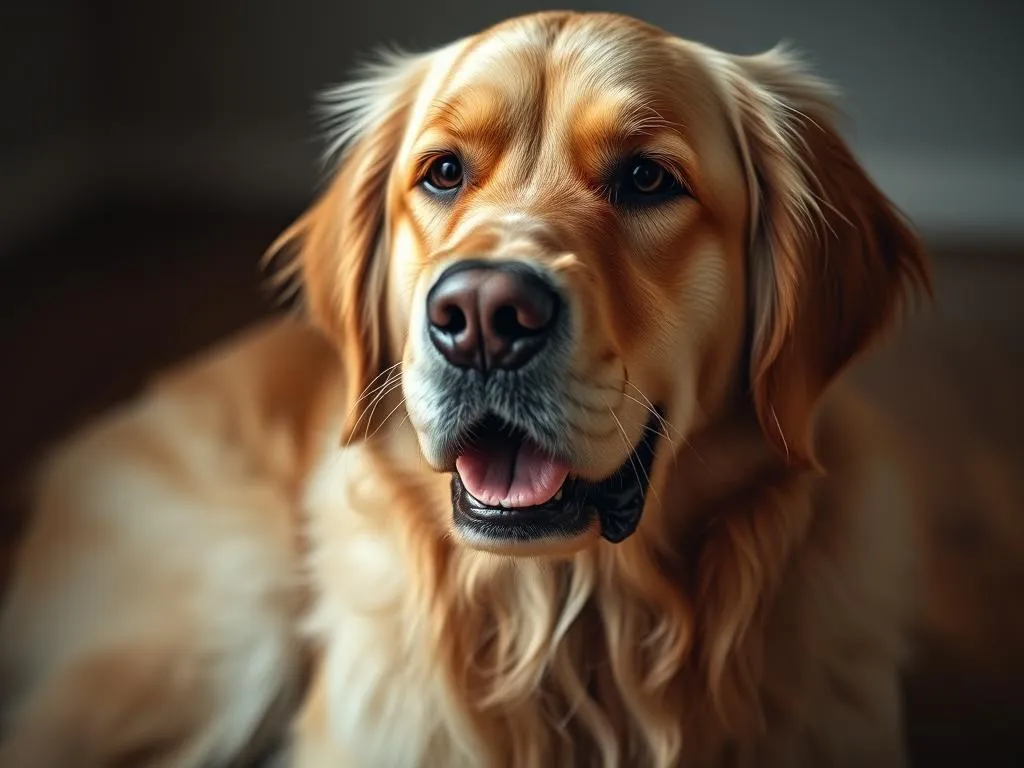
Introduction
The fascination with dog breeds is undeniable. For potential dog owners, understanding the characteristics of different breeds can be crucial in making an informed decision. Among the many traits that dog lovers consider, drooling often raises eyebrows, especially when it comes to popular breeds like the Golden Retriever. In this article, we will explore whether Golden Retrievers drool excessively and how their drooling habits compare with other breeds.
So, do Golden Retrievers drool excessively? Let’s delve into this topic to provide clarity and insights for current and prospective Golden Retriever owners.
Understanding Drooling in Dogs
What is Drooling?
Drooling in dogs, commonly referred to as salivation, can be defined as the involuntary flow of saliva from the mouth. While it might seem like a trivial concern, drooling serves several purposes. Dogs might drool in anticipation of food, during moments of excitement, or due to various health conditions. Understanding the motives behind drooling can help pet owners discern when it’s normal behavior versus when it might signal a problem.
Factors Influencing Drooling
Several factors influence drooling in dogs:
-
Breed Characteristics: Certain breeds are genetically predisposed to drooling due to their physical attributes. Breeds with loose skin and hanging jowls, such as the St. Bernard and Bulldog, often drool more than those with tighter facial structures.
-
Health Issues: Medical conditions can lead to excessive drooling. Issues such as dental problems, oral tumors, or gastrointestinal disorders may cause dogs to produce more saliva than usual.
-
Environment: Temperature and humidity levels can also play a significant role. Hot weather or high humidity may increase a dog’s drooling as they struggle to regulate their body temperature. Additionally, high levels of excitement or anxiety can trigger increased saliva production.
Overview of Golden Retrievers
Breed Characteristics
Golden Retrievers are one of the most beloved dog breeds in the world, known for their friendly temperament and intelligence. Typically, they weigh between 55 to 75 pounds and stand about 21 to 24 inches tall at the shoulder. Their beautiful, dense, water-repellent coat requires regular grooming to keep it healthy and free from mats.
Golden Retrievers are often characterized as loyal, friendly, and eager to please, making them exceptional family pets and service dogs. Their gentle disposition allows them to thrive in various environments, including homes with children and elderly individuals.
Grooming and Care
Caring for a Golden Retriever involves regular grooming practices such as brushing their coat to minimize shedding and prevent matting. They generally require a bath every few months, depending on their activity level and exposure to dirt.
Health considerations specific to Golden Retrievers can affect drooling. For example, they are prone to certain health issues, including hip dysplasia and dental problems, which may lead to increased drooling if not managed properly. Regular veterinary check-ups are essential for monitoring their health and addressing any concerns.
Do Golden Retrievers Drool Excessively?
Typical Drooling Patterns
When it comes to drooling, Golden Retrievers are not typically known for excessive drooling compared to other breeds. On average, they may drool a little during mealtime or when they anticipate food, but this is generally within a normal range.
Drooling becomes a concern when it occurs excessively outside of these typical situations. For instance, if your Golden Retriever is drooling significantly more than usual without any apparent triggers, it may indicate an underlying health issue that requires attention.
Comparison with Other Breeds
While Golden Retrievers may experience some drooling, they are not among the breeds that are notorious for excessive drooling. Breeds such as the St. Bernard, Bulldog, and Bloodhound are well-known for their slobbery tendencies, often leaving puddles of drool on the floor.
To illustrate the differences, here is a brief comparison of drooling levels among various breeds:
| Breed | Typical Drooling Level |
|---|---|
| Golden Retriever | Low to Moderate |
| St. Bernard | High |
| Bulldog | High |
| Bloodhound | High |
| Beagle | Low |
As shown, Golden Retrievers fall on the lower end of the drooling spectrum, which can be a relief for potential owners concerned about slobber management.
Common Causes of Excessive Drooling in Golden Retrievers
In some cases, Golden Retrievers may drool excessively due to specific health issues. Common conditions that may lead to increased drooling include:
-
Dental Problems: Issues such as periodontal disease, loose teeth, or oral tumors can cause discomfort and lead to excessive drooling.
-
Heat: Golden Retrievers are susceptible to heat stress, particularly during hot weather. Excessive drooling could be a sign of their body struggling to cool down.
-
Excitement: While this is usually not a cause for concern, some Golden Retrievers may drool more during moments of extreme excitement, such as during playtime or when meeting new people.
If you notice a sudden increase in drooling, it’s advisable to consult a veterinarian to rule out any health concerns.
Managing and Reducing Drooling
Regular Veterinary Care
To effectively manage drooling in Golden Retrievers, regular veterinary check-ups are crucial. These visits can help monitor your dog’s health and catch any potential issues early on. If your Golden Retriever’s drooling seems excessive, a veterinarian can assess the situation and suggest appropriate treatments or changes in care.
Grooming Practices
Incorporating specific grooming practices can help manage drooling. Here are a few tips:
-
Clean the Mouth Area: Regularly wiping your dog’s mouth can help keep drool at bay and maintain hygiene.
-
Teeth Brushing: Brushing your Golden Retriever’s teeth regularly can prevent dental issues that may lead to drooling. Consider using dog-friendly toothpaste and a soft-bristled toothbrush.
-
Drool Bibs: Utilizing drool bibs or absorbent cloths can help manage drool during mealtime or other drooling episodes, keeping your home cleaner.
Training and Behavior Management
Training your Golden Retriever can also help reduce excitement-induced drooling. Here are some techniques to consider:
-
Calm Feeding Environment: Ensure that mealtime is relaxed and calm. Avoid feeding them during high-energy activities or when guests are present.
-
Positive Reinforcement: Use positive reinforcement to encourage calm behavior. Rewarding your dog for remaining calm during exciting situations can gradually reduce their excitement levels.
-
Desensitization: Gradually expose your dog to situations that typically trigger drooling (like meeting new people) in a controlled manner, rewarding them for calm behavior.
Personal Experiences and Anecdotes
Owner Testimonials
Many Golden Retriever owners have shared their experiences regarding drooling. Some owners report only minor drooling during mealtime, while others have noted increased drooling when their dogs are excited or anxious.
For example, one owner mentioned, “My Golden Retriever, Max, drools a bit when he sees his food bowl, but it’s nothing compared to my friend’s St. Bernard! It’s manageable, and I just keep a towel handy during mealtime.”
Expert Opinions
Veterinarians and dog trainers often emphasize the importance of understanding drooling in the context of individual dogs. Dr. Jane Smith, a veterinarian with over ten years of experience, states, “While Golden Retrievers may drool a little, it’s usually not excessive. However, owners should be vigilant about any sudden changes in drooling patterns, as this could indicate an underlying health issue.”
Dog trainers also emphasize that training can help manage drooling in high-excitement situations. They recommend consistent training routines and behavioral management techniques to help reduce drooling during moments of excitement.
Conclusion
In summary, Golden Retrievers are not typically known for excessive drooling. While they may drool mildly during mealtime or moments of excitement, this is usually well within a normal range. Compared to drooling breeds like St. Bernards or Bulldogs, Golden Retrievers generally fare much better in this regard.
Understanding the drooling habits of Golden Retrievers can help potential owners make informed decisions. By recognizing the factors that influence drooling and implementing effective management strategies, you can ensure a happy and healthy life for your furry friend.
If you have experiences or tips regarding drooling in Golden Retrievers or other breeds, sharing your insights can help fellow dog owners navigate this common concern.
